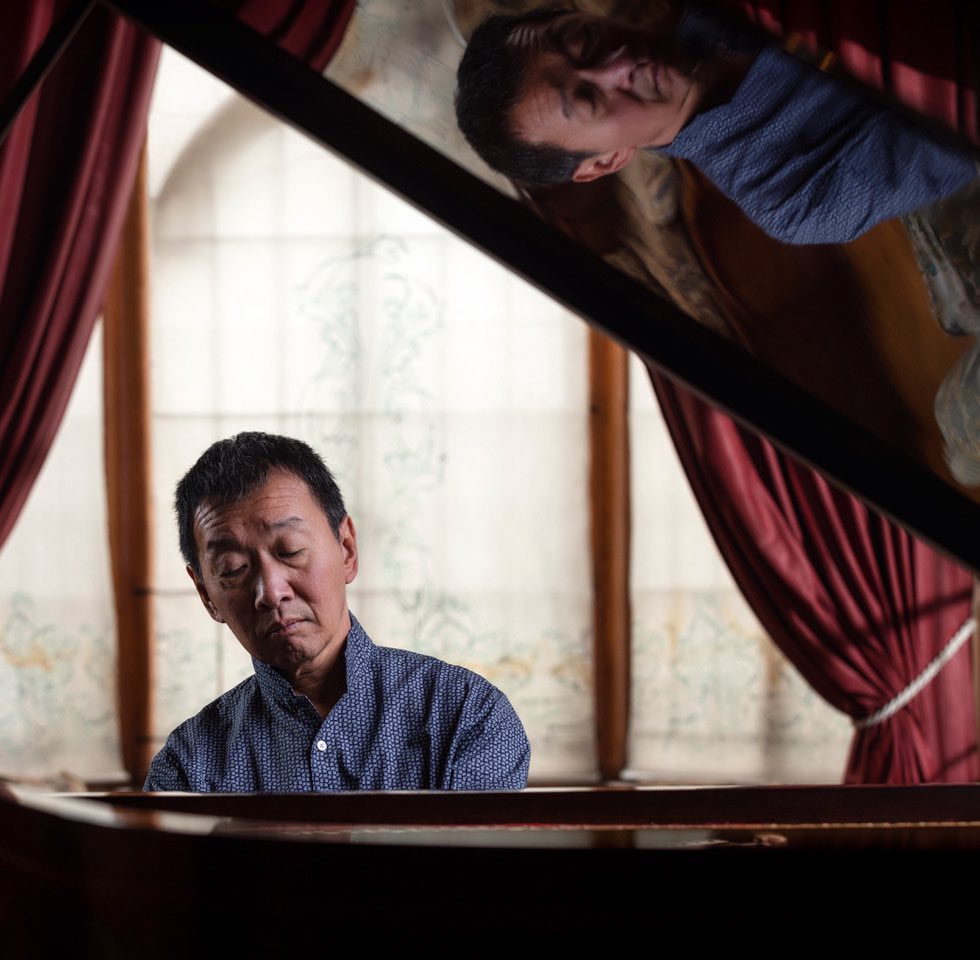The most thrilling element about this album is the program; Melvyn Tan provides a fascinating journey through pieces from three centuries, illuminating the main composer here – Maurice Ravel.

Ravel’s masterful “Valses Nobles et Sentimentales” are given right after Weber’s ״Aufforderung zum Tanz״, while his “Miroirs” are split to highlight the composer’s influences while writing this groundbreaking cycles. Thus Liszt “Feux Follets” (Transcendental étude No.5 ) is played before the two first “Miroirs” (“Noctuelles” and “Oiseaux tristes”), followed by Liszt’s “Les jeux d’eaux à la Villa d’Este” from the third book of “Années de pèlerinage”. The Fourth from Miroirs, “Alborada del gracioso”, is preceded by two Scarlatti sonatas and the last piece of the cycle, which depicts bells, is following Liszt’s “The Bells of Geneva” from the first Années de pèlerinage.

Again, quite fascinating, even illuminating program of piano music. But how are the performances? Tan is well known for his pioneering usage of period instruments, and although he plays a modern Steinway here, one can sense a hint of period practices, especially in the pianist’s voicing technique; The bass is never overpowering and the pedal always in-check, making for a shorter decay and more transparent sound world, reminiscent, perhaps, of a 1920’s instrument. The Weber is the most rewarding performance here, yet Liszt’s etude is not technically commanding as others and many aspects of the Miroirs are too literal and lack mysteriousness. Scarlatti’s sonatas are affectionately treated and Ravel’s “Valses” are joyful and enthusiastic, though can’t stand comparison with the best versions in the catalog (some listed below).
An enjoyable album, then, to be listened to in one sit to experience the chain of influences great composers absorb through history. Each piece can then be heard again, played by no-less persuasive proponents.
“Miroirs”
Weber – Aufforderung zum Tanz
Ravel – Valses nobles et sentimentales, Miroirs
Liszt – “Feux follets” (Transcendental étude No.5 S139), “Les Jeux d’eaux à la Villa d’Este” (Années de pèlerinage IIIe année S163), “Les Cloches de Genève” (Années de pèlerinage Ire année S160).
Scarlatti – Two Keyboard Sonatas, Kk.119,141
Melvyn Tan – Piano
Onyx Classics, CD 4194




















